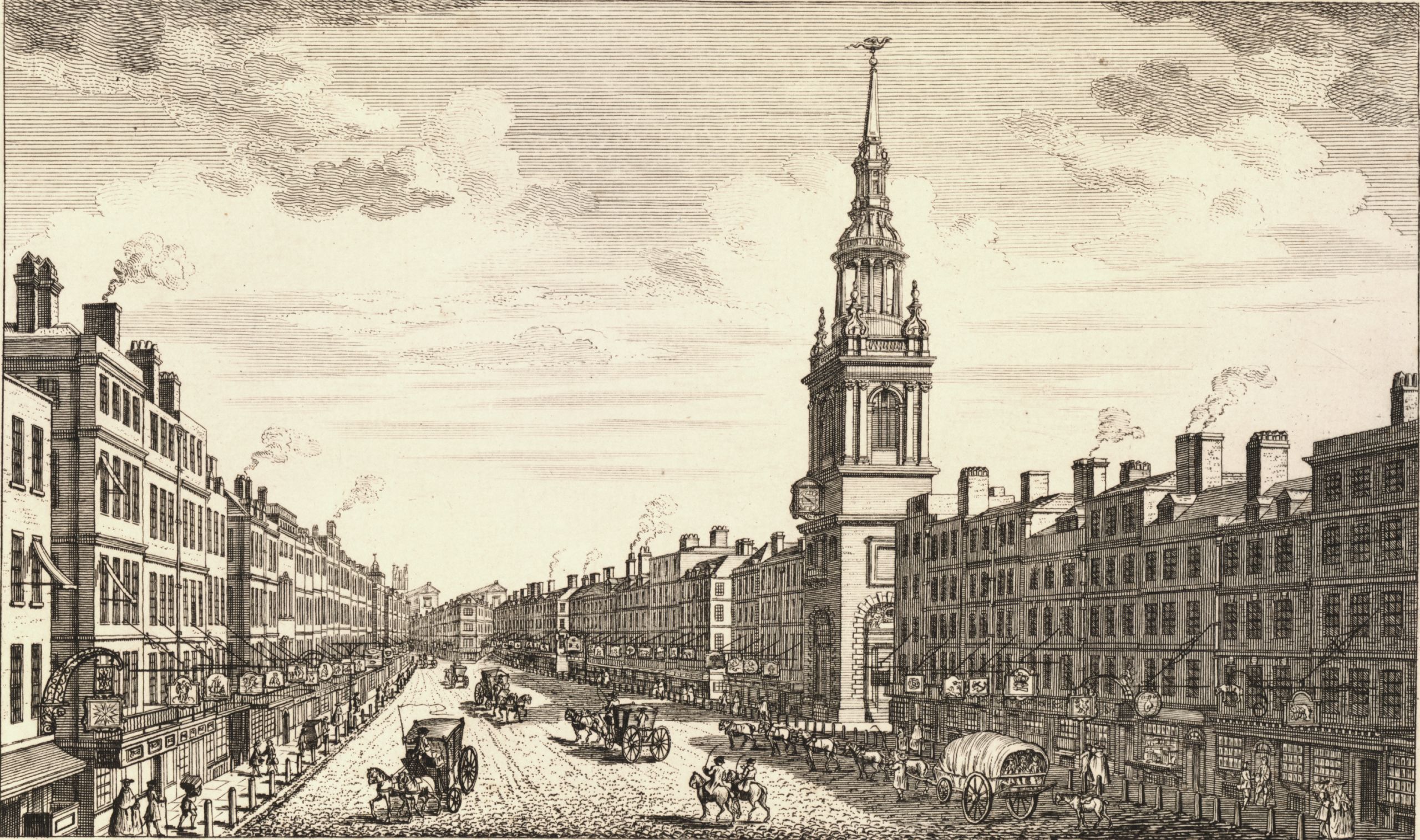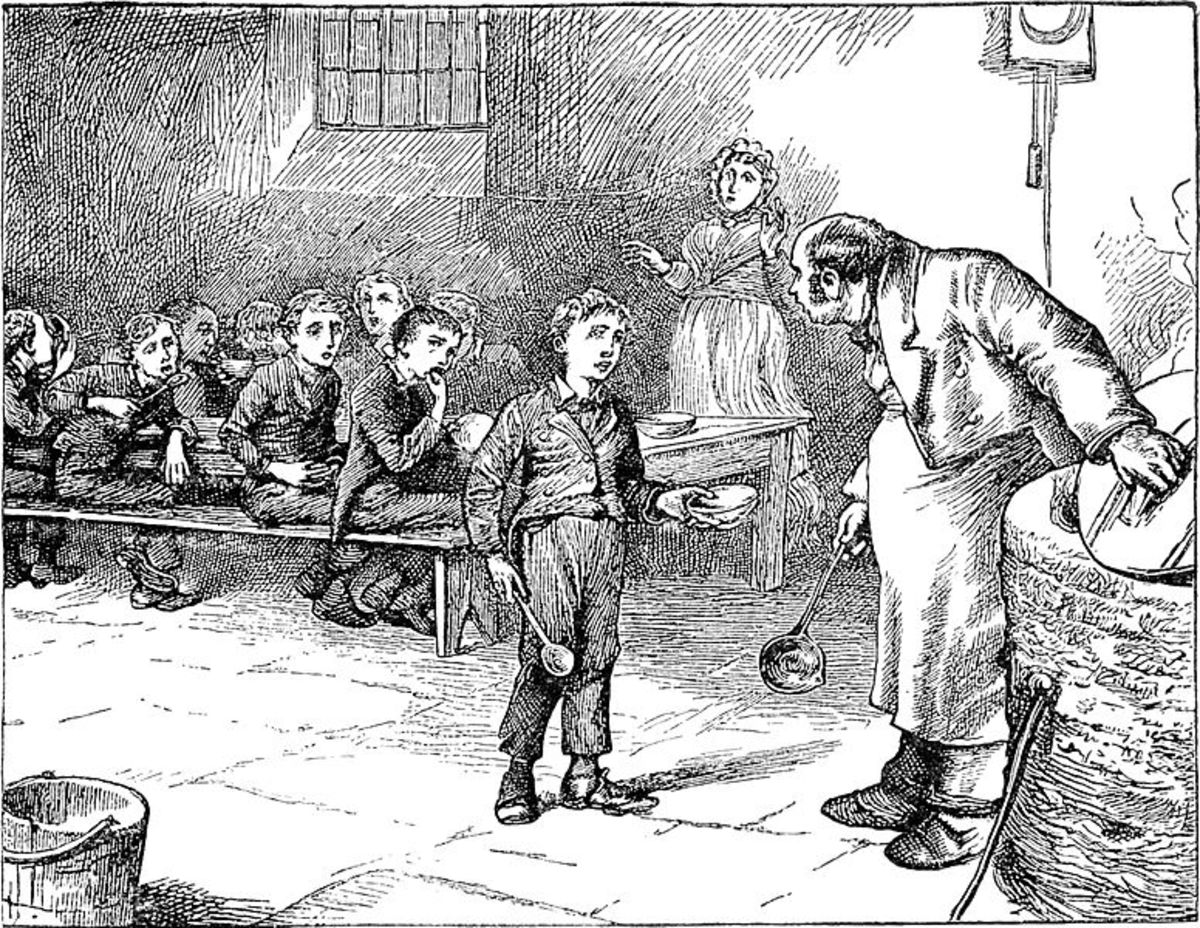- Published on
18th Century London

Table of Contents
- Introduction
- The Unsettling Reality of 18th Century London
- The Poor Laws: A Desperate Measure
- The Foundling Hospital: A Beacon of Hope
- A Brief History
- Who Were the Foundlings?
- Breaking Bonds, Protecting Reputations
- The Role of Charities and Utilitarian Ideals
- Charitable Intentions
- The Utilitarian Model
- Art, Culture, and Charitable Endeavors
- Changing Attitudes Towards Education and Disease
- The Legacy of the Foundling Hospital
Introduction
What can the story of the Foundling Hospital reveal about life in London during the long 18th century?* As we journey through the history of this remarkable institution, we will uncover the challenges and societal issues that plagued London at the time, and how the Foundling Hospital played a crucial role in mitigating these problems.
The Unsettling Reality of 18th Century London
With the rapid industrialization and urbanization of London in the 18th century, the city's population soared from 575,000 in 1700 to 900,000 by the 1800s. This growth came with its own set of problems, such as:
- Mass poverty
- High mortality rates among children
- Prevalence of prostitution
- Rampant alcoholism
The Poor Laws: A Desperate Measure
As the city struggled to cope with its newfound challenges, the Parish, which was responsible for providing aid to the destitute, became overwhelmed. In response, the government introduced new Poor Laws, which restricted relief to individuals born within the Parish's jurisdiction.

This eventually led to the establishment of indoor relief, forcing those in need to work in harsh conditions within workhouses to receive meager food rations. Many preferred death over the workhouse's brutality.
The Foundling Hospital: A Beacon of Hope
A Brief History
The Foundling Museum tells the story of the Foundling Hospital, the UK's first children's charity and first public art gallery. Through a dynamic programme of exhibitions and events, we celebrate the ways in which artists and children have inspired each other for over 275 years.
Founded in the 1740s, the Foundling Hospital provided refuge to abandoned children until the 1950s. Although the original building was demolished in 1905, the organization still exists today as Coram, continuing its legacy of supporting vulnerable children.
Who Were the Foundlings?
Foundlings were children whose parents could not support them, often due to circumstances such as widowhood or fathers abandoning their responsibilities.
Breaking Bonds, Protecting Reputations
Upon a child's admission to the Foundling Hospital, they were given a new identity to protect their mother's reputation. This included a unique registration number and a christened name.
The Role of Charities and Utilitarian Ideals
Charitable Intentions
Charities of the time served as conduits for the wealthy to donate to the less fortunate. However, recipients often had little control over their lives, with institutions like the Foundling Hospital dictating their upbringing and integration into society.
The Utilitarian Model
The Foundling Hospital, along with other 18th-century institutions such as hospitals, orphanages, and asylums, subscribed to utilitarian ideals. They relied on donations from the middle and working classes to sustain their operations, often organizing events and activities to attract funding.
Many of these are widely used by charities today but were innovative at the time, such as exclusive breakfasts for 'Ladies of Quality and Distinction' and annual benefit concerts of Messiah, featuring well-known singers and conducted by Handel.
Art, Culture, and Charitable Endeavors
The Foundling Hospital capitalized on the appeal of art and culture to enhance its reputation and secure donations. As England's first public art gallery, it hosted fundraising events and concerts to raise its profile.

Influential governor and artist William Hogarth played a key role in encouraging his contemporaries to donate their works to the Hospital. While his philanthropic efforts were commendable, Hogarth's primary focus was on elevating the status of British art and finding new exhibition spaces.
Changing Attitudes Towards Education and Disease
Over time, the Governors' approach to education evolved. Initially, Foundlings were taught basic literacy skills to read the Bible, but eventually, writing, book-keeping, geography, and math were added to the curriculum. Music and religion also played significant roles in the lives of the children.

The Foundling Hospital prioritized the health of the children, with stringent admission criteria that excluded those with infectious diseases. It employed progressive medical practices, such as smallpox inoculations, and emphasized the importance of cleanliness and outdoor exercise.
The Legacy of the Foundling Hospital
The story of the Foundling Hospital offers a glimpse into the harsh realities of life in 18th century London. It highlights the challenges faced by society, the evolving attitudes towards education and healthcare, and the role of charities in addressing these issues. Today, the Foundling Hospital's legacy lives on through Coram, continuing its mission to support vulnerable children and provide them with the care and resources they need to thrive.
- Authors

- Name
- Apurva Shah
- Website
- apurvashah.org